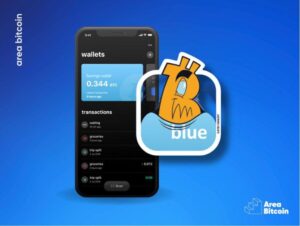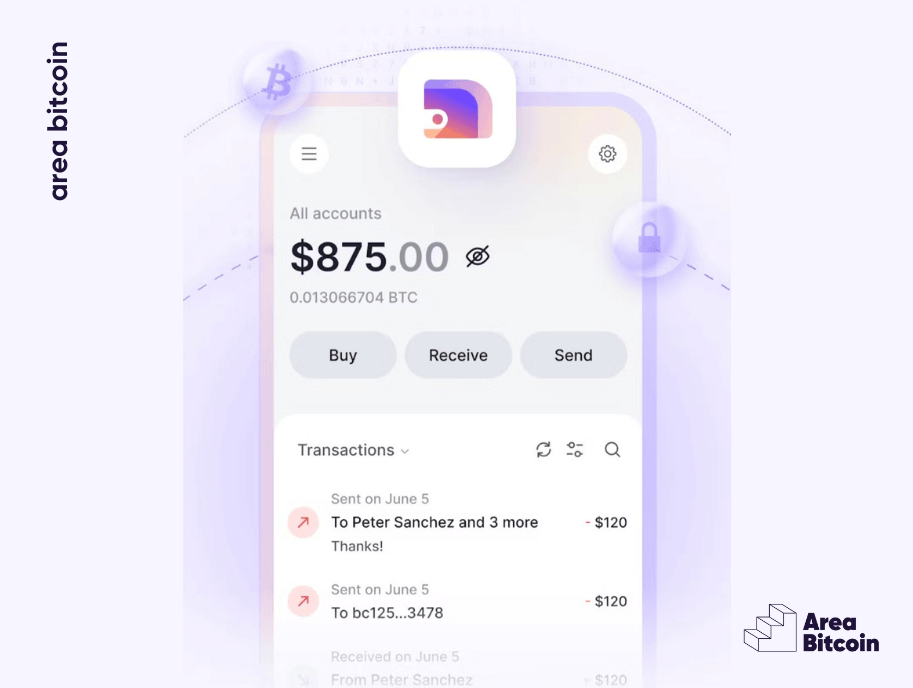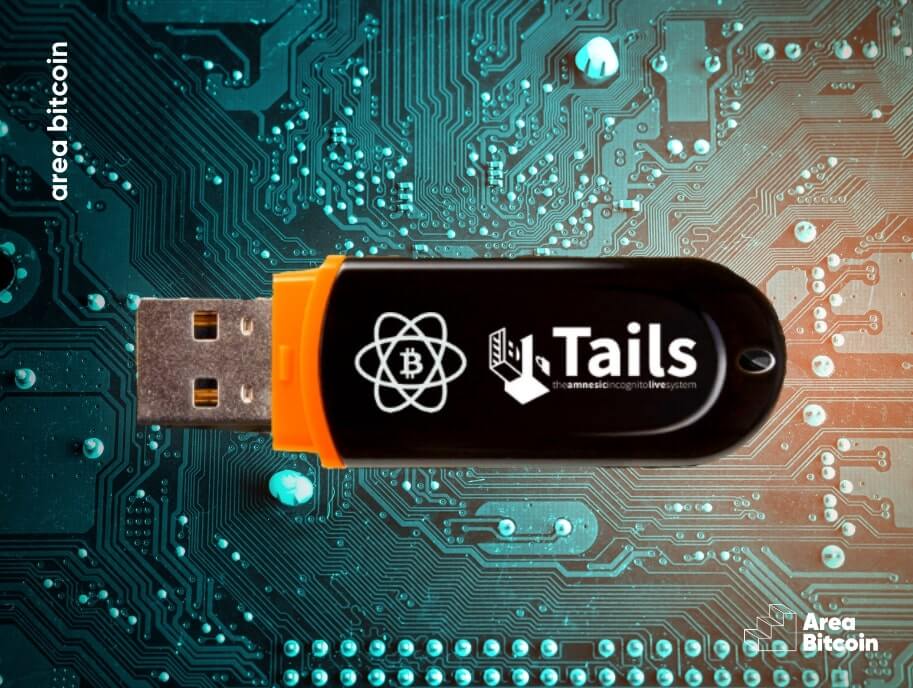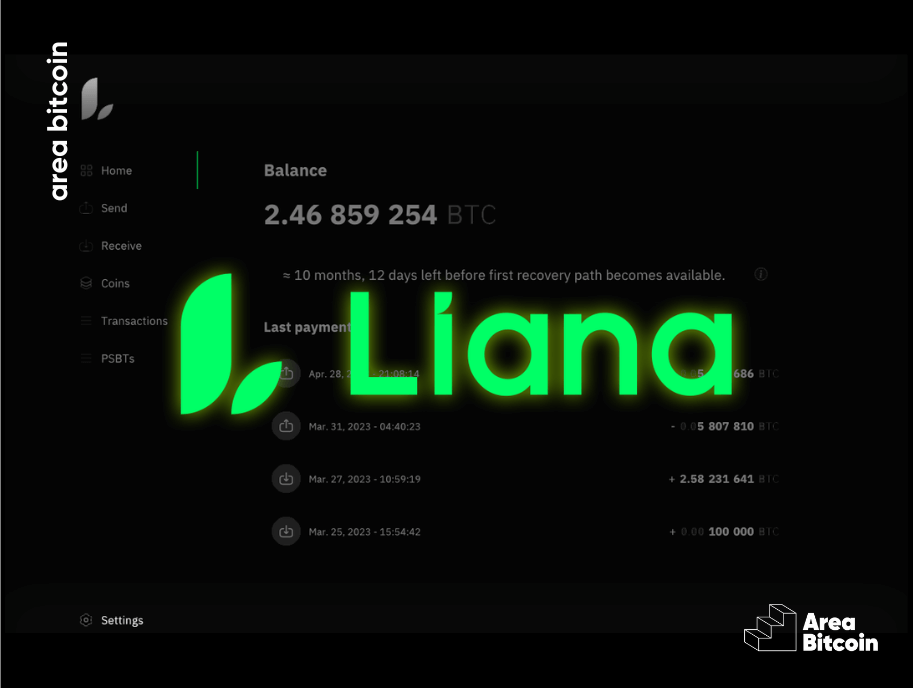What is the best cold wallet to keep Bitcoin safe? This is one of the questions that we frequently receive here at Area Bitcoin.
In this article, I will show you one of the best cold wallets available today: JADE, a Bitcoin-only wallet that also supports the Liquid network, which is a second layer of Bitcoin.
I’m going to provide a general overview for you to understand why we at Area Bitcoin like Jade so much.
Keep reading!
What is Jade Wallet?
Jade is a hardware wallet, a physical device designed to securely store the private keys that grant access to your Bitcoin.
It’s crucial to understand that Jade doesn’t hold the Bitcoins themselves; instead, it stores a complex set of alphanumeric characters, which act as an access code. This code is essential for authorizing transfers from your balance to different addresses on the blockchain network.
In other words, Jade acts as a highly protected digital safe, ensuring that your private keys remain out of reach from potential online threats while simultaneously facilitating the secure management of your transactions.
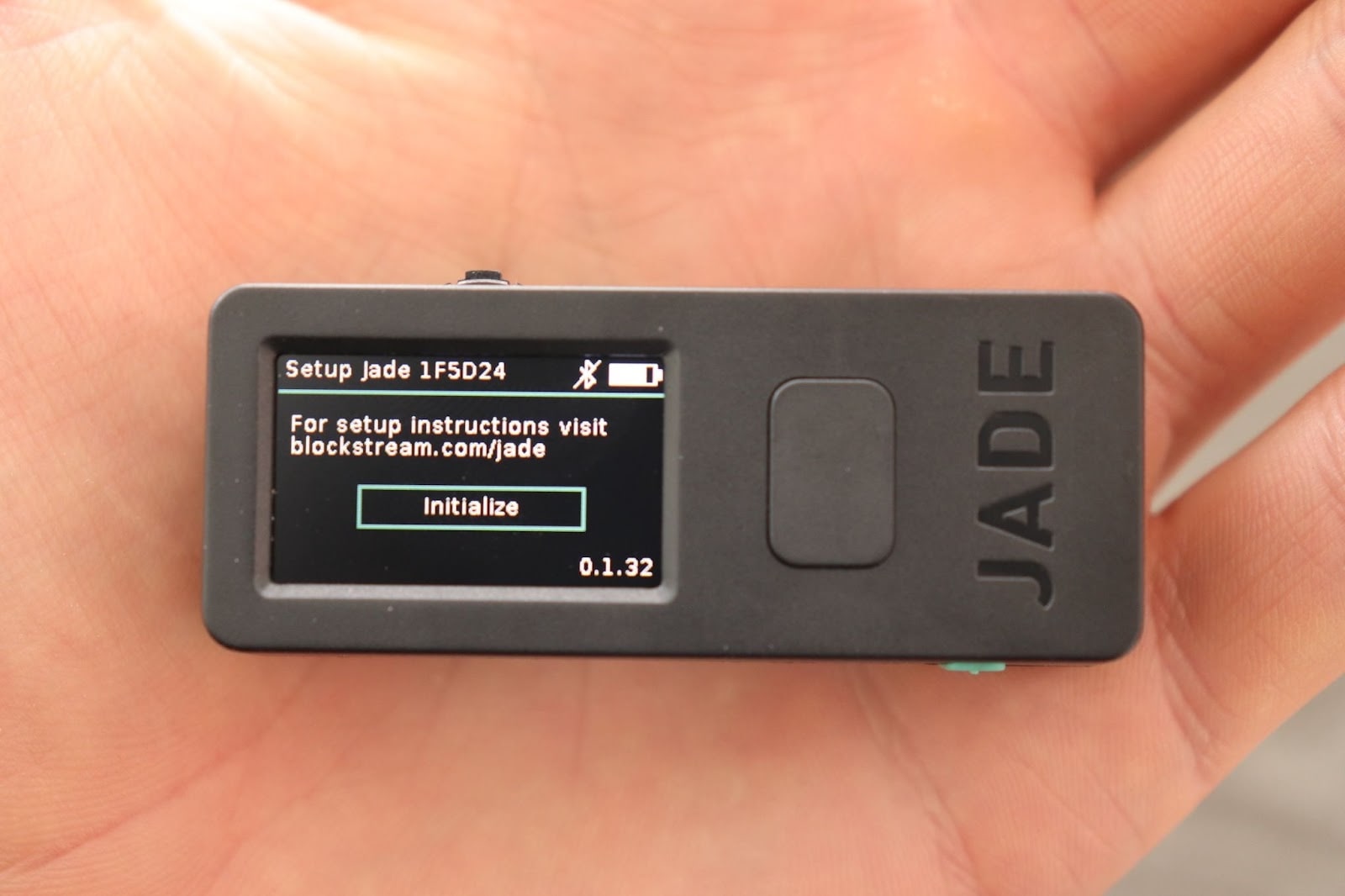
The Jade wallet is a product of the Blockstream company, which has a long-standing history in the Bitcoin ecosystem. One of the company’s notable achievements was sending Bitcoin to space, showcasing its dedication to enhancing the network’s resilience and reach.
Blockstream’s significance extends further, as one of its founders is the renowned Bitcoin enthusiast, Adam Back. His importance in the community cannot be overstated, as he is not only widely recognized but also plays a central role in the technology’s development.
Adam Back is an experienced cryptographer and is credited as the inventor of Hashcash, a foundational technology in Bitcoin mining.
His influence dates back to the early history of Bitcoin, with numerous exchanges of messages with Satoshi Nakamoto, the mastermind behind the cryptocurrency, occurring before its launch.
His substantial contribution is so profound that his name is mentioned in the Bitcoin whitepaper itself, underscoring his pivotal role in the history and evolution of this groundbreaking technology.
Open Source Wallet?
This product was launched in January 2021 and is a fully open-source project, emphasizing transparency and collaboration in its creation and development.
Secure Element
A particularly relevant piece of information is the fundamental difference between Jade and other popular wallets, such as:
A key distinction lies in the absence of a component known as the “secure element,” a chip present in many other wallets. This chip operates with closed code and relies on a master key set up by the manufacturer.
Choosing these wallets means placing trust in the manufacturer’s assurance that they won’t release a malicious update compromising user security and extracting confidential information stored in the wallet.
Jade stands out for its openness and transparency by not relying on a secure element. This choice gives users additional control over the security of their private keys and Bitcoin assets.
Secure Elements (SE) are not auditable and can also make devices relatively more expensive. Also, Secure Element technology is designed to resist physical attacks and hardware tampering, preventing extraction of the seed.
Jade takes a different approach, foregoing the Secure Element and using entirely open-source components. Its materials, firmware, and software are open-source, allowing for continuous review and analysis by users.
Combining a Secure Element with full open-source integrity is not feasible.
How does Jade store and protect private keys?
Well, if it doesn’t have a chip, how does Jade manage the security of private keys?
Jade ensures the security of private keys within the device through three “secrets”:
- 6-digit PIN: This code is set up during wallet configuration and works in conjunction with the second secret, which is stored in a blind oracle managed by Blockstream, to encrypt the data stored on Jade.
- Blind Oracle Secret: The second secret is kept in the Blockstream blind oracle and, in combination with the PIN, encrypts data inside the wallet.
- Third secret: Additionally, there is a third secret contained in the Jade itself.
All three secrets are required to decrypt the seed stored in the wallet.
Thus, even with physical access to the device, it is insufficient to access private keys. Even if a potential thief managed to extract the seed and PIN from the wallet physically, they wouldn’t be able to access the keys. This is because they lack all the necessary components of the decryption key, including the secret held by Blockstream on the company’s remote blind oracle server.
This layered security approach is designed to ensure comprehensive protection for users’ private keys.
“Oh, but then, I‘d have to trust Blockstream’s oracle, so being open source is of no use!”
Option to use your own server
Blockstream foresaw this concern and offers a solution. Therefore, if you prefer, you don’t need to rely on their server; you have the option to use your own server.
In this comprehensive guide, they explain the process of setting up and using your server. This approach grants you greater control over security and reduces the need to trust third parties.
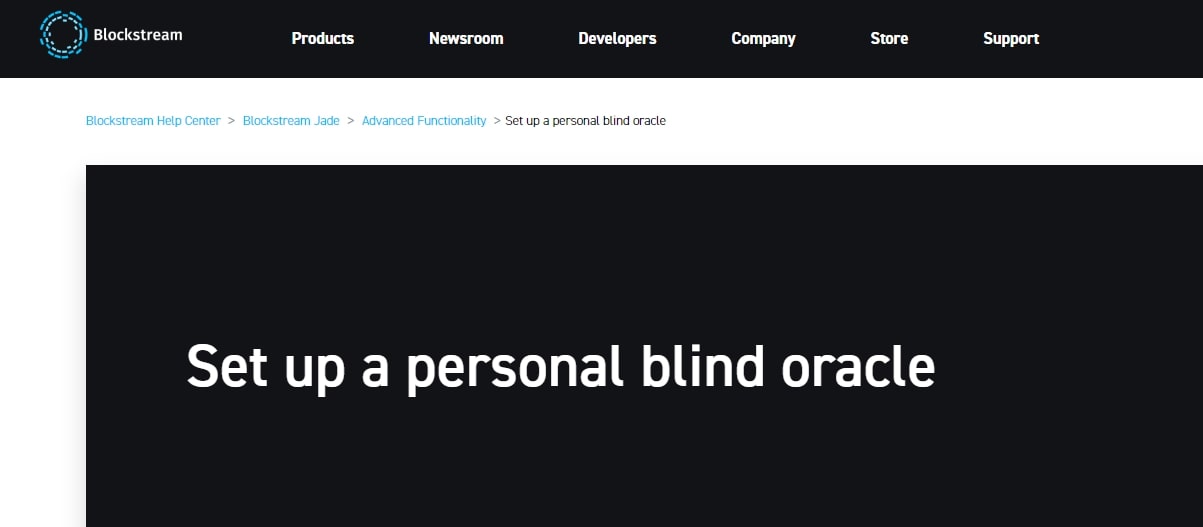
This is why achieving total security without relying on third parties, utilizing an open-source approach and without a Secure Element, requires you to develop the skills and knowledge to create and manage all storage from the ground up.
Remember, it’s all about choices. In security, there are no categories of better or worse, just decisions and trade-offs.
Therefore, your choice depends on where you place your trust:
- In a wallet that is fully transparent and verifiable, even though it relies on your internal oracle.
- In a company that manufactures a wallet and holds a master key for the secure element.
- In your own capability to create and manage your own oracle, despite any technical limitations you might have.
The good thing is that nowadays you have options!
Additionally, you can explore Jade’s code on its GitHub page. In fact, the available guide there demonstrates how to build your own Jade, providing a detailed, step-by-step tutorial for doing so.
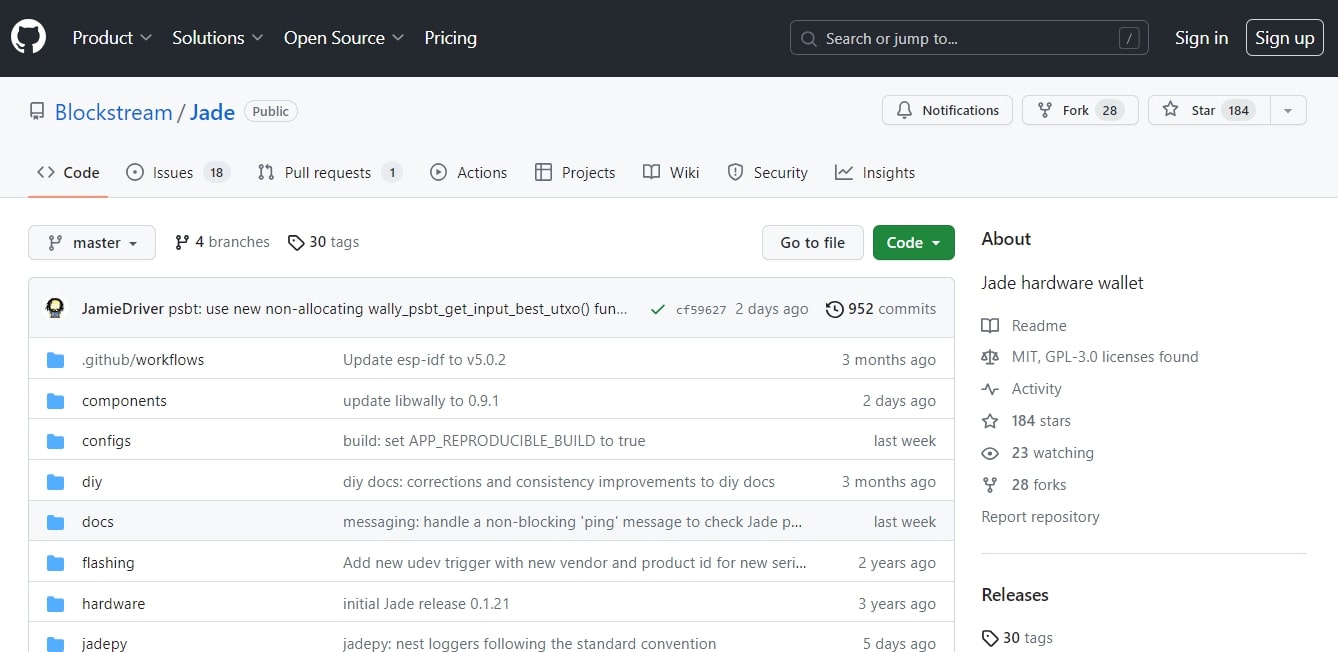
Entropy
Entropy in the Jade Wallet plays a fundamental role in generating private keys and seed phrases, contributing to the security and unpredictability of the processes involved. Entropy, in this context, measures the uncertainty or unpredictability of a system.
Thus, the higher the entropy, the more unpredictable the results it produces. This is critical to ensure resistance to attacks and maintain the integrity of private keys.
Another intriguing feature is that the Jade Hardware Wallet generates seeds using various sources and distinct sensors for entropy:
- User input
- CPU counters
- Battery state
- Ambient temperature
- Embedded cryptographic strength hardware number generator
- Entropy from the complementary Blockstream Green app.
This diversified approach ensures that multiple random elements are incorporated into the process, making it extremely unlikely that a predictable pattern will be established.
Therefore, if you prefer, you can generate your own entropy by rolling dice or using other mechanisms that guarantee organic randomness during the seed phrase generation.
Let’s look at the physical aspects of the Blockstream Jade wallet
Visually, the Jade features a 1-inch LCD screen. All interactions are performed through various buttons:
- A front button for confirming operations,
- A side button for powering the device on and off,
- Another side button for navigation, acting as a spinning wheel for selecting options,
- It also includes a rear camera for reading QR codes.
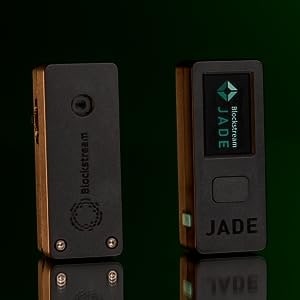
In terms of connectivity, the Jade has a USB-C port for connecting to a computer and for charging. It also operates via Bluetooth and can be paired with Android and iOS systems.
Air-Gapped
One of the remarkable features of the Jade is its ability to conduct air-gapped transactions using QR codes.
This functionality enables transaction signing without the need to connect the wallet to a computer or establish a Bluetooth connection for each operation. As a result, transaction signing can be performed using multiple animated QR codes, reducing exposure to potential security attacks.
This approach is particularly useful in preventing the risk of device contamination when connecting the wallet to a compromised computer linked to the internet, thus minimizing the chance of exposing private keys.
How to set up the wallet?
To set up the Jade, simply download the Blockstream Green app. Once it’s set up, you can use Jade with other open-source Bitcoin wallets like Sparrow, Electrum, Blue Wallet, Nunchuck, Specter, and Wasabi.
Jade supports Bitcoin and also digital assets that use the Liquid network, which is a parallel network to Bitcoin and supports tokens such as USDT, LBTC, or any other assets issued on this network.
Additionally, the wallet supports features like multisignatures (multiple signatures) and passphrase setup for additional security.
What’s the disadvantage of the wallet?
The only drawback of the Blockstream Jade, compared to other devices, is its smaller screen size. This may result in smaller text, which can be a matter of individual comfort and preferences, as Jade was designed to offer extreme security at an affordable price compared to other brands.
This is the only aspect that could be improved; apart from that, Jade proves to be an excellent cold wallet.
What is the price of a Jade?
The good news is that Jade is not an expensive device; it comes at a very competitive price compared to other devices.
On Blockstream’s official website, a Jade Wallet is priced at $79. However, please note that the price may vary depending on the country where you are receiving the wallet.
*Remember to consider shipping costs and taxes.
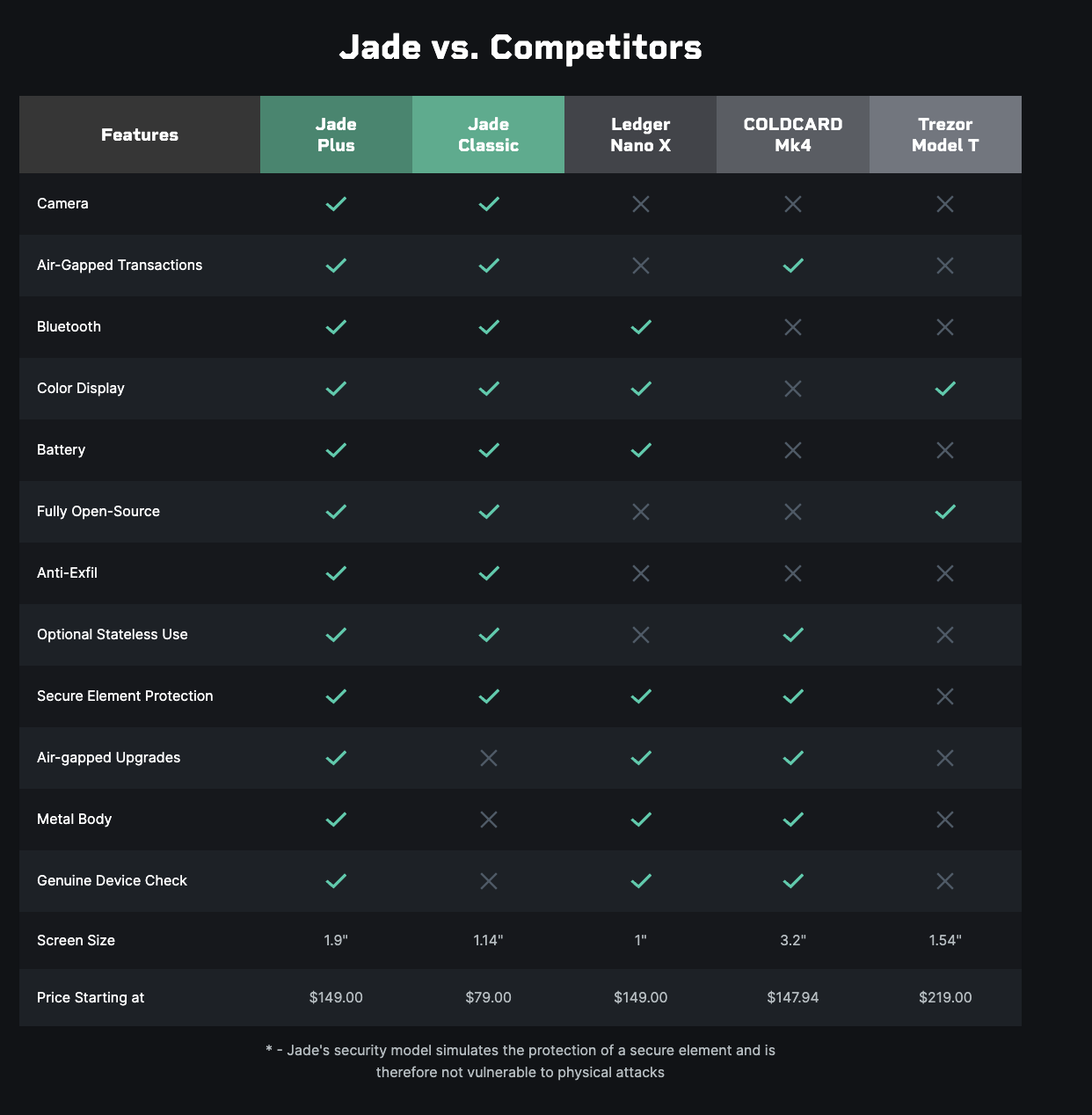
Is it possible to mine Bitcoin with Jade?
A fun fact is that the Jade Wallet can be used as a Bitcoin miner!
However, please note that the Jade is nowhere near the computing power of an ASIC, which is a specific Bitcoin mining machine. Therefore, this functionality is more for fun and educational purposes, allowing you to learn how mining works and keep track of the current block height of Bitcoin.
It’s somewhat like a lottery. The chances of mining a block with Jade are extraordinarily low, almost nil. So, don’t have high expectations that you’ll be able to mine a block this way.
To give you a clearer idea, Jade’s processing capacity is about 80,000 hashes per second, whereas an ASIC achieves an average of 100 terahashes per second. This means it would take more than 300,000 years to mine a Bitcoin block with Jade.
It’s harder than winning the lottery!
Caution when using the mining function
It’s worth noting that the activity of mining Bitcoin demands more from the device and can accelerate the wear and tear of your Jade.
Blockstream even advises that if you are interested in mining Bitcoin with Jade, it is recommended to purchase a device exclusively dedicated to this purpose.
Mixing the mining function with the use of Jade as a wallet to store your Bitcoins is not advisable to ensure both the performance and integrity of the device.
Step by step to put your Jade to mine
Still, want to know how your Bitcoin wallet can be used to get closer to the world of mining?
So, if you’re interested in seeing the Bitcoin mining process in action (which is quite intriguing), just update your Jade to the firmware version compatible with mining.
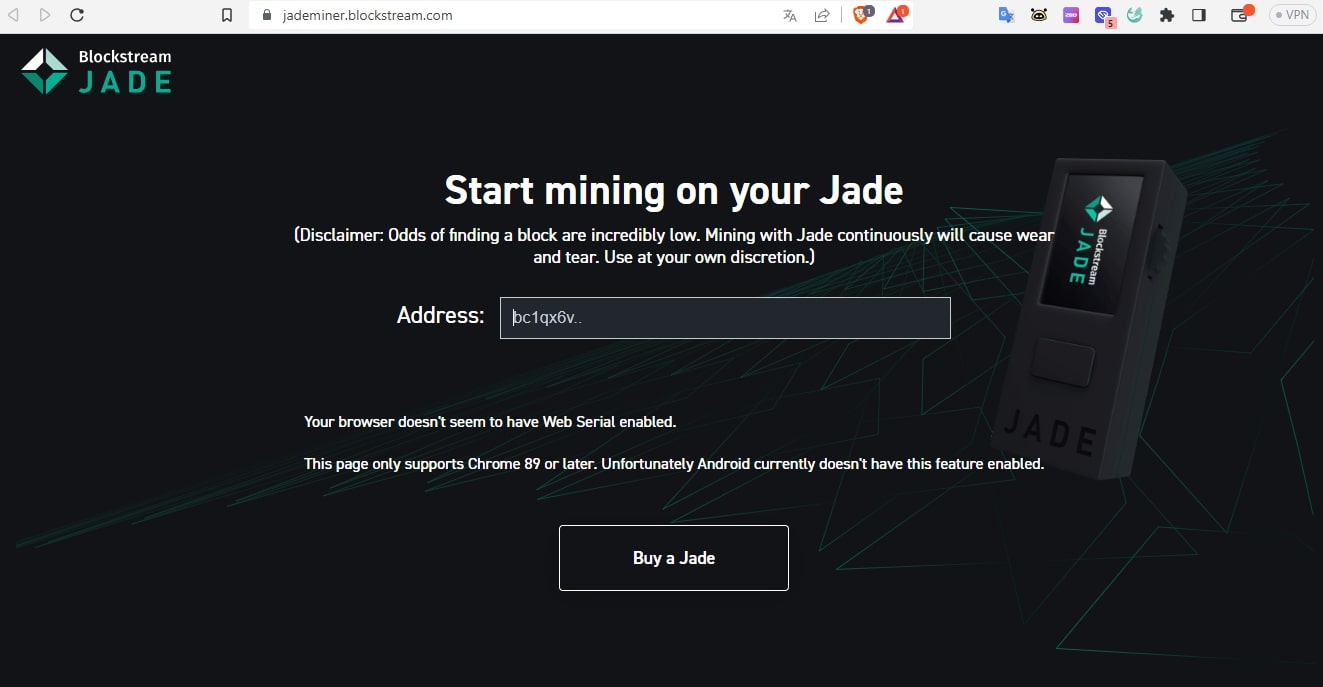
Then, simply visit the site https://jademiner.blockstream.com/ (you must use a browser compatible with Web Serial, such as Chrome), enter the address to which you would like to send the Bitcoins if mining occurs, and click “Start.”

Jade will start mining automatically. On the device’s screen, you will see the current block height, its hash power, the reward per block, and the address where the BTC will be sent if you successfully mine a block.
Bonus: Jade Plus
The Jade Plus is part of Blockstream’s new generation of Bitcoin hardware wallets.
With a revamped design, hardware improvements, and new features, the wallet offers a premium and intuitive experience for both beginners and experienced users.
Let’s explore some of its features:
Genuine Check
The Genuine Check feature uses the secure identity of the device to ensure that the Jade Plus you received was genuinely manufactured by Blockstream and not by a malicious third party.
This validation can be performed via the Blockstream Green app or the Blockstream web app.
SD Card Reader
Another new feature is the ability to connect an SD card reader or USB storage device for firmware updates and offline transactions.
Security
The Jade Plus uses even more advanced encryption technologies to protect your bitcoins from a wide range of digital and physical threats.
With robust hardware encryption and high-level security protocols, your assets are further safeguarded against hackers, malware, and unauthorized access — ensuring your bitcoins remain exclusively under your control.
Advanced Features
- Secure Camera: The integrated camera enables offline transaction signing and device unlocking via QR codes, along with SeedQR support for stateless signing.
- Innovative Functionalities: Discover advanced features such as multisig recovery, duress PIN, SeedQR support, stateless signing, TOTP authentication, and dice-generated seed phrases.
Other improvements of Jade Plus Compared to Jade ‘Classic’
In addition to the new features mentioned above, the hardware improvements in Jade Plus also enhance the existing functionalities of the Jade.
Now, the Jade Plus supports a higher resolution with its camera, making QR code scanning easier than ever. Combined with the 66% larger display, using offline QRs has never been so seamless.
About the design:
- 66% larger and more vibrant display
- 30% thinner
- Metal body options
- New L/R navigation buttons (press simultaneously to select).
The new Jade Plus design includes two responsive buttons for smoother and more intuitive navigation. This model not only enhances the aesthetic appeal but also offers greater comfort during wallet interactions.
The Jade Plus is available for purchase on the official website for $169 USD.
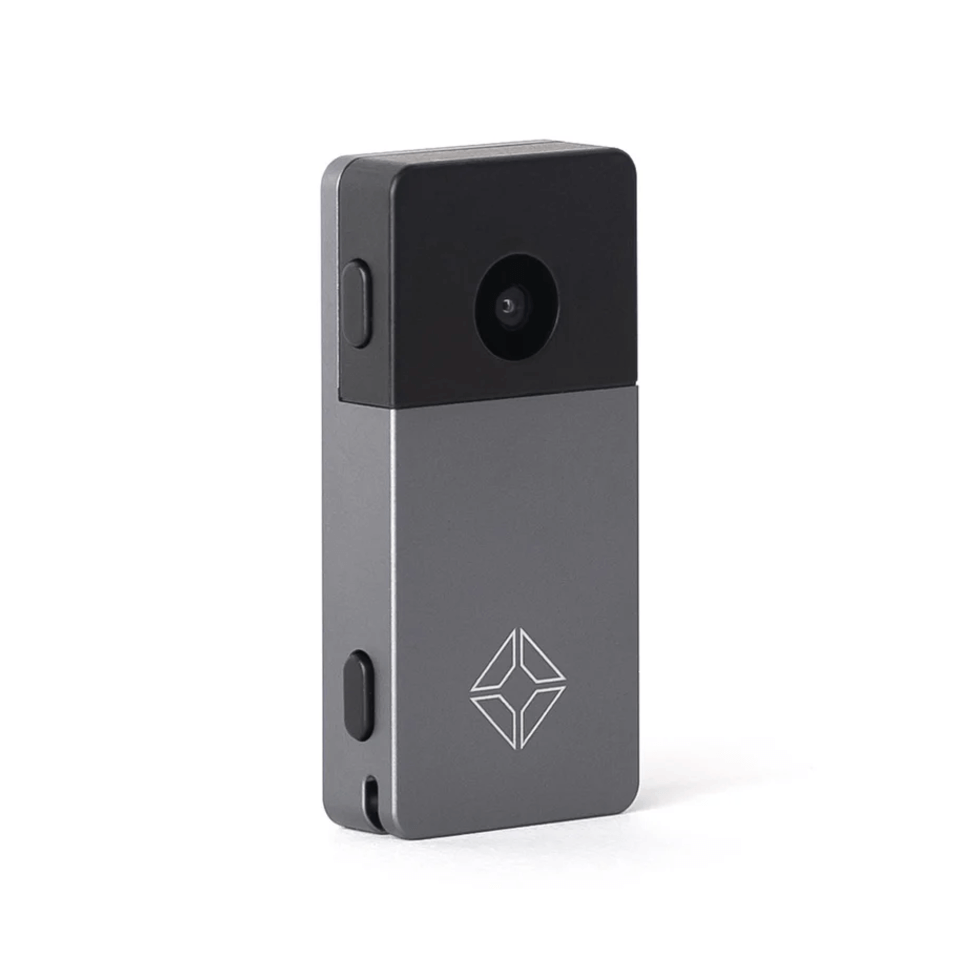
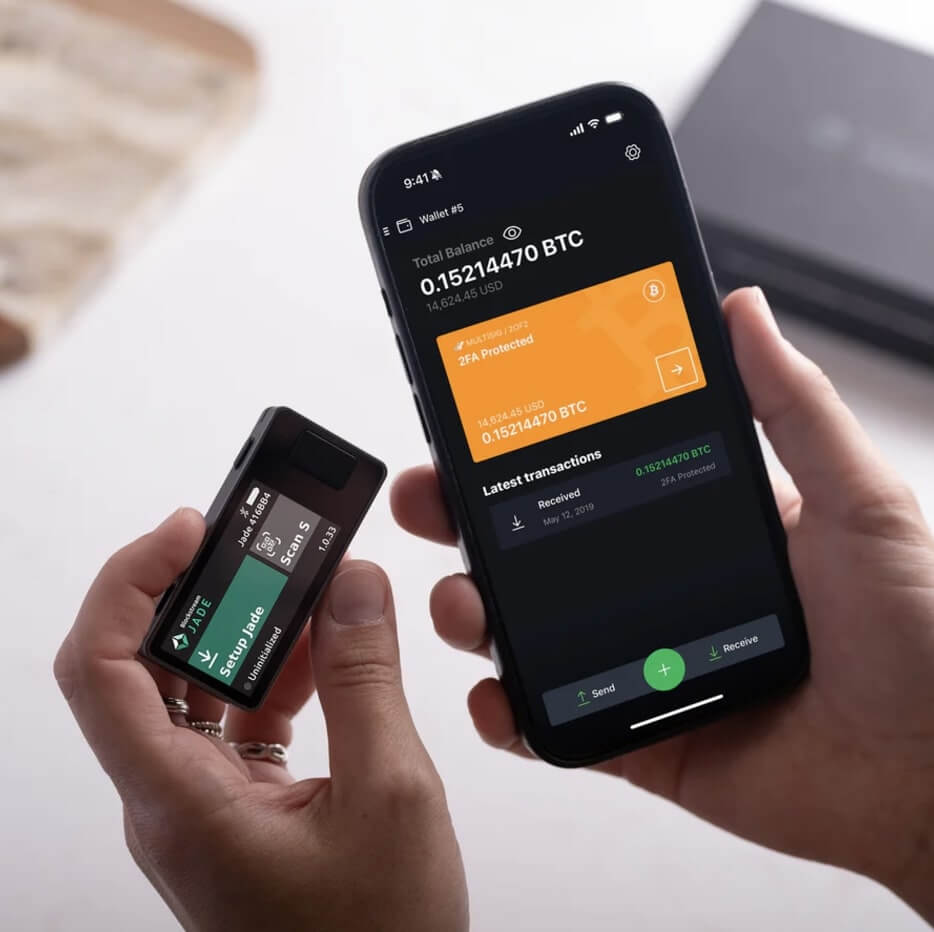
Summing up
I hope you enjoyed learning more about the Jade Wallet, a product that deserves attention not only for its features and functionalities but also for the remarkable level of transparency it offers, something practically unheard of when compared to most wallet manufacturers.
Jade’s firmware is open source (FOSS – free open source firmware) and can be replicated on different devices.
With a highlighted cost-benefit ratio, Blockstream Jade allows for air-gapped transaction signing without the need for a computer connection. All these features are available for your auditing and analysis.
Until next time, and opt out!
Share on your social networks:

Founder of Area Bitcoin, one of the largest Bitcoin education projects in the world, she is a marketer, passionate about technology, and a full-time hands-on professional. She has participated in major Bitcoin conferences such as Adopting Bitcoin, Satsconf, Surfin Bitcoin, and Bitcoin Conference.
Did you like this article? Consider buying us a cup of coffee so that we can keep writing new content! ☕



